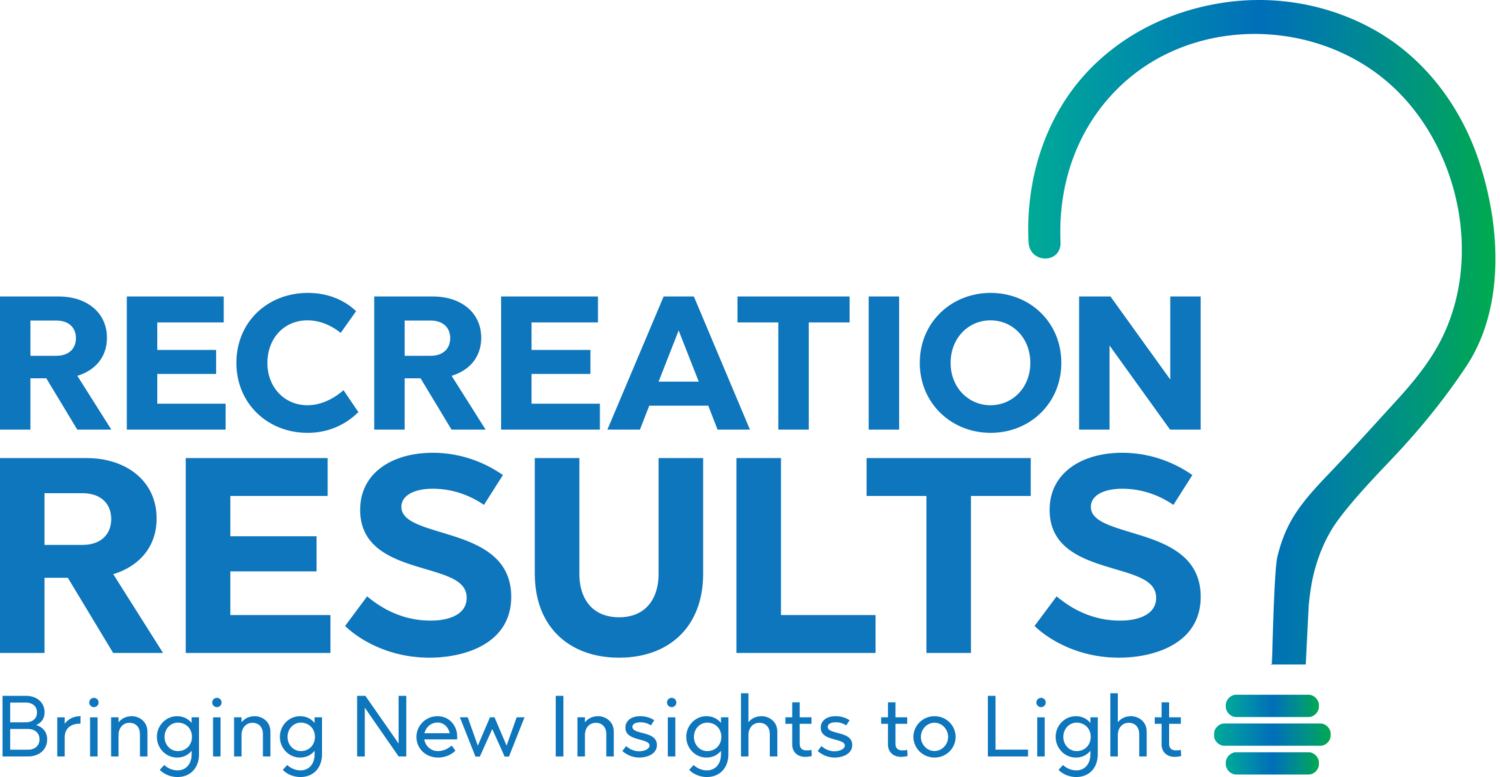What's this mean? Well, if we want to, we can use data to affect interactions, which will in turn affect people. Sound too simple? Well....math, data, and all that stuff that sometimes seems confusing really doesn't have to be hard. But if you need some proof, here's a recent real-life example.
One of the performance indicators that we track at my agency is the percent of households in our community that complete a transaction with us each year. This includes any household that registers for a program, buys a pass, rents a facility, donates to our scholarship fund, etc. We had no idea what to expect from this metric, so in 2013, we let our customers take the lead. In this case, people interacted with our park district, which resulted in data that told us that 26% of households in our community completed a transaction with us in 2013.
Or in other words, PEOPLE = INTERACTIONS = DATA.
Since we really haven't found any other park & recreation agencies tracking these same metrics, we really had no idea whether or not this was a typical result. But regardless, we decided to work on improving this number in 2014. Using our newfound data, we focused the entire year on our interactions with our customers, which went something like this:
As an agency, we worked together to attract new customers to our park district. These efforts led to the highest number of program registrations since we started tracking this number in 2007 and also the highest number of pass sales in recent years. We had set the lofty goal to increase that household participation though and so when mid-December came around and we still hadn't reached it, we came up with an plan.
We reviewed all of our customers that had participated with us in 2013, but hadn't returned in 2014 for some reason. We learned that this amounted to 1,400 households, which seemed like a large amount, but dug a little deeper and found out that this meant that our household retention rate was 75%, which didn't seem so bad afterall. (Side note, this is why it's so important to dig deeper when you have questions about your data, instead of just going back to making assumptions about the initial results.) We then contacted those 1,400 households to let them know that we missed them and offered them a coupon to come back by the end of the year. We should have given ourselves more time to get this effort out to make it more convenient for customers to take advantage of it, but it was a our first time and we decided that trying something is better than nothing.
The result of that coupon? Ten households took advantage of the offer. Sounds like a terrible response, doesn't it? Well, even though we would have loved to see a higher number, because of other available data, we know that our average customers spend $630/year with us. This means that for a $250 goodwill investment ($25 coupon X 10), we were able to serve 10 more households. And if they enjoy their program/pass and continue as a customer in 2015 with us, we could earn an estimated $6,300 return, which in turn allows us to provide even more services to our community. One of those 10 people even wrote a letter to our Board president expressing that she was excited about our park district's new fitness options and that she appreciated our offer and was going to sign up for an on-going membership with the park district. Suddenly not so shabby of a result, huh?
So how did it all end? Well, with less than 48 hours left in the year, we met our target and increased our overall household participation to 30% or 816 additional households.
Or in other words, DATA = INTERACTIONS = PEOPLE. See how that works?
That means that because of our focus on data, we were able to positively affect people in the following ways:
- our staff rallied around a common goal,
- we learned new data about our agency that will help us better understand how well we are serving our community,
- our staff initiated a new marketing effort that they want to repeat and improve upon for next year, and
- we increased the number of people served and were able to offer more recreation opportunities to our community than even before.
The simple fact is that when you really think about it, those "numbers" are people, so when you care about the right numbers, you're really caring about people. And this means that anything you do to positively affect those numbers is also positively affecting the community that you serve.
In fact, the more I think about it, maybe when it comes down to it, those "people persons" might have the potential to be the biggest "numbers persons" of us all?












